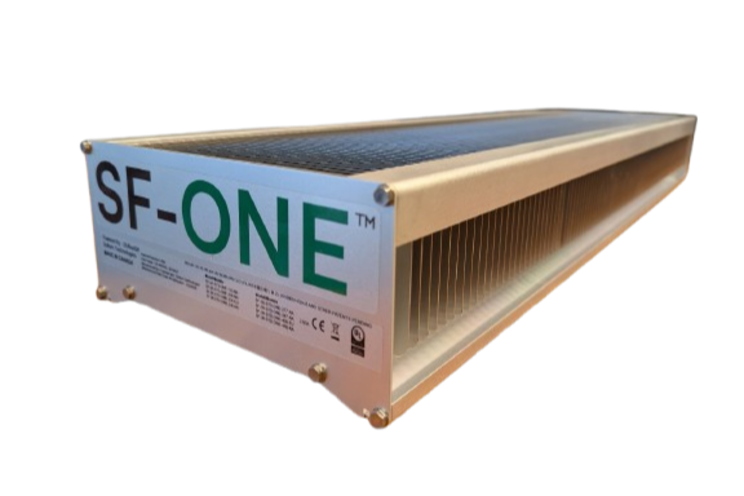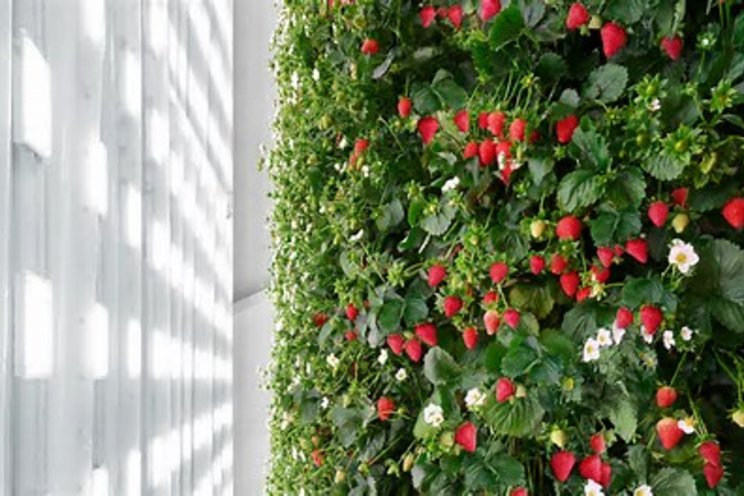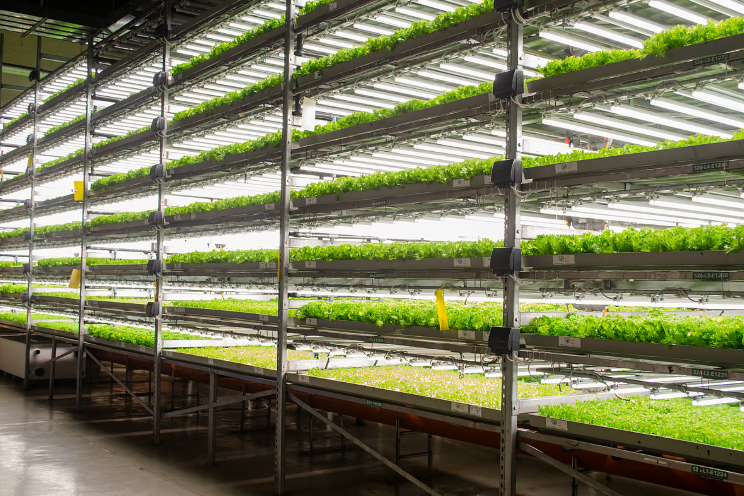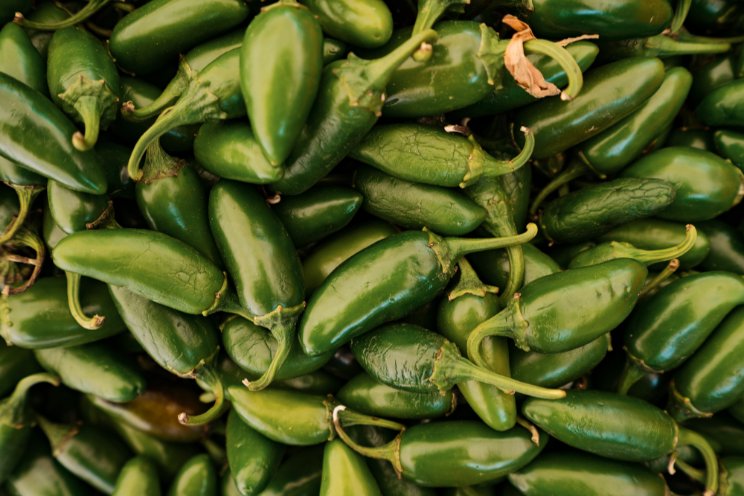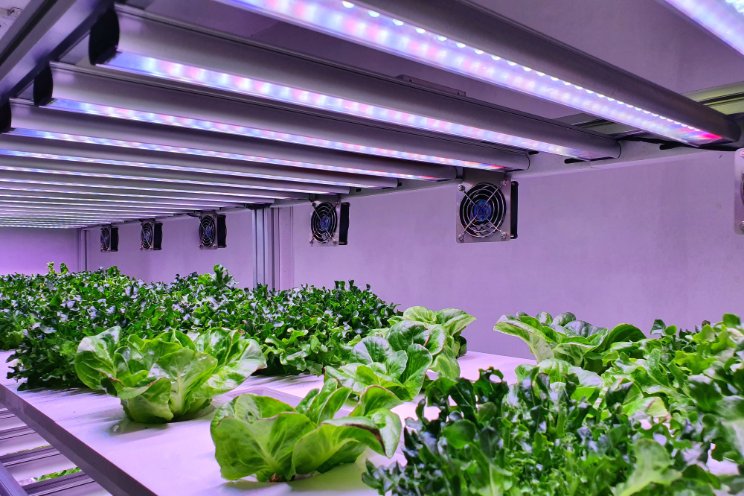Are VF truly the answer to food safety concerns?
Added on 25 April 2023
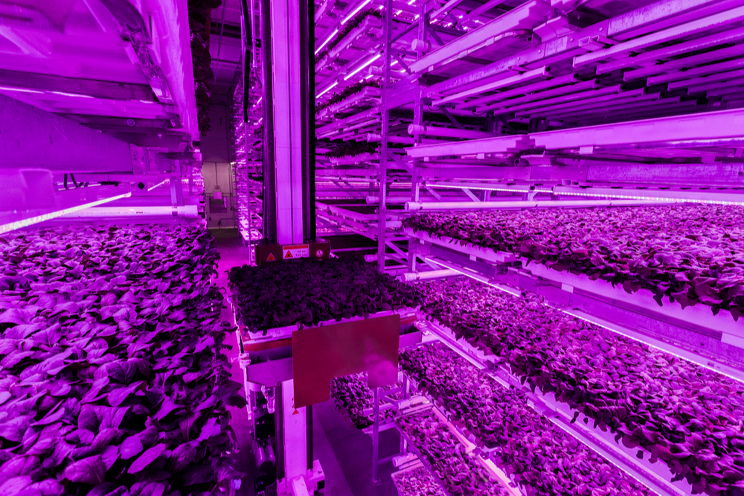
According to the World Health Organization, an estimated 600 million – almost 1 in 10 people in the world – fall ill annually after eating contaminated food. Of this, 420,000 die every year.
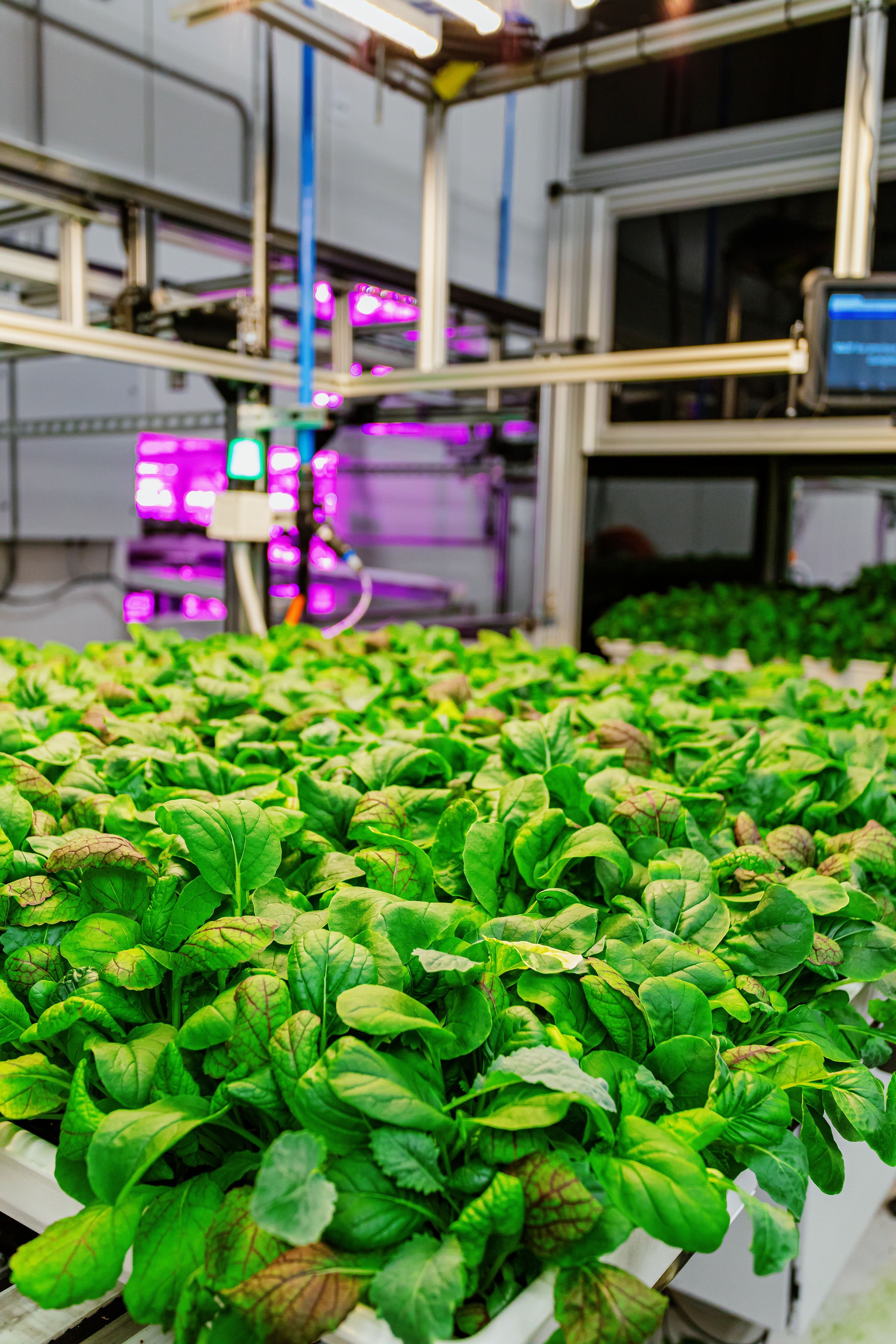
Image sourced from Fifth Season
The biological controls brought with controlled growing environments are being looked at as a potential solution to these problems.
With over 20 years of experience working in all facets of agriculture, Agritecture’s Lead Agronomist, David Ceaser, adds that “many people think that vertical farms are inherently safer than conventional farms regarding food safety - but this is not automatically the case. Vertical farms can be much safer than conventional farms if they are designed and operated correctly.”
Besides allowing for a high degree of traceability using emerging technologies, a key factor in food safety is the reduced need for harmful pesticides. “Well-designed vertical farms exclude disease vectors that are found in conventional agriculture and this reduces the need for applications of pesticides for pest management. That said, vertical farms are amazing environments for the growth of bacteria since they are constantly humid and warm. Thus, it is critical for vertical farms to have food safety procedures developed by an expert and ensure that they are followed continuously.”
As seen in this summer 2021 salmonella outbreak, the risk of contamination isn’t zero within CEA facilities. That said, CEA-grown produce does have a significantly reduced risk of such occurrences compared to conventional agriculture.
Brac Webb from Fifth Season shares that “for controlled environment agriculture to live up to its promise of food safety as a core competitive advantage, and capture more share of the market, we [vertical farms] have to hold ourselves to the highest standard of safety by making ‘Design for Food Safety’ a key DfX ("Design for X" meaning Design for manufacturing, serviceability, food safety, cost, etc.) in automation design, and have Food Safety processes built into end-to-end integrated software systems.”
Editor’s Note: The following article includes information derived from interviews with Brac Webb, Fifth Season CTO, and David Ceaser, Agritecture’s Lead Agronomist.
Image sourced from Fifth Season
More news
